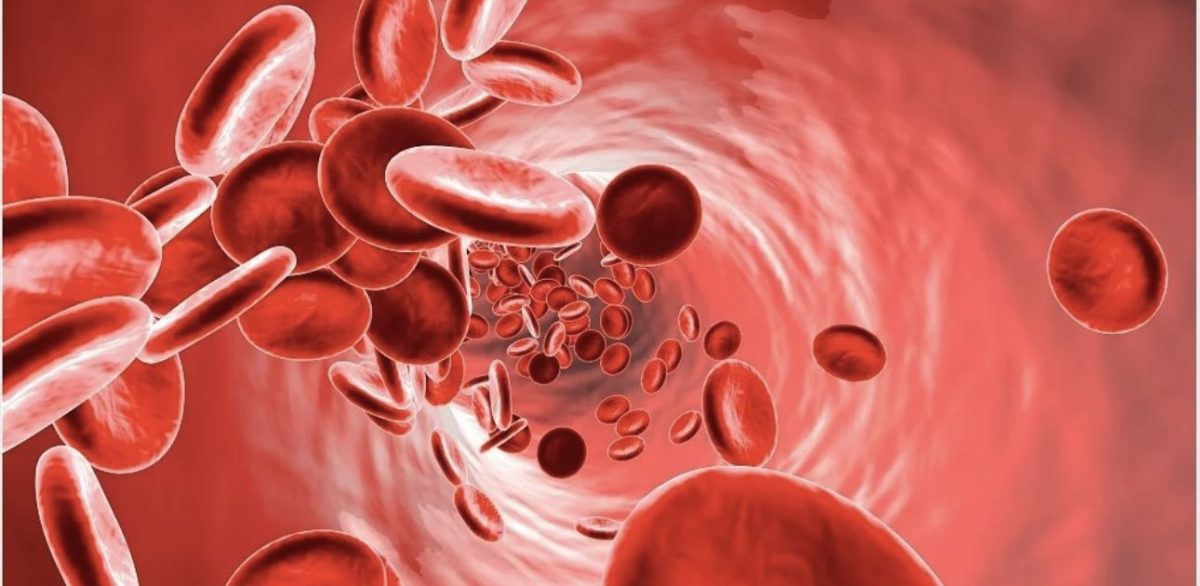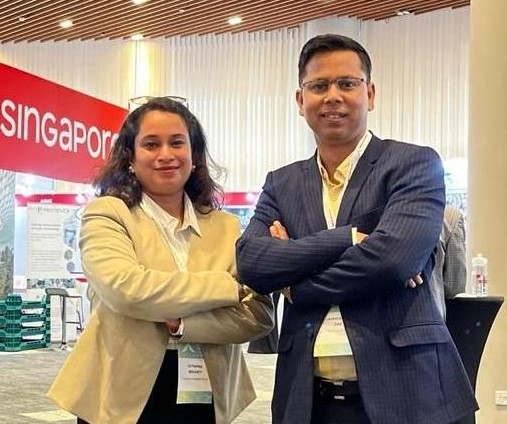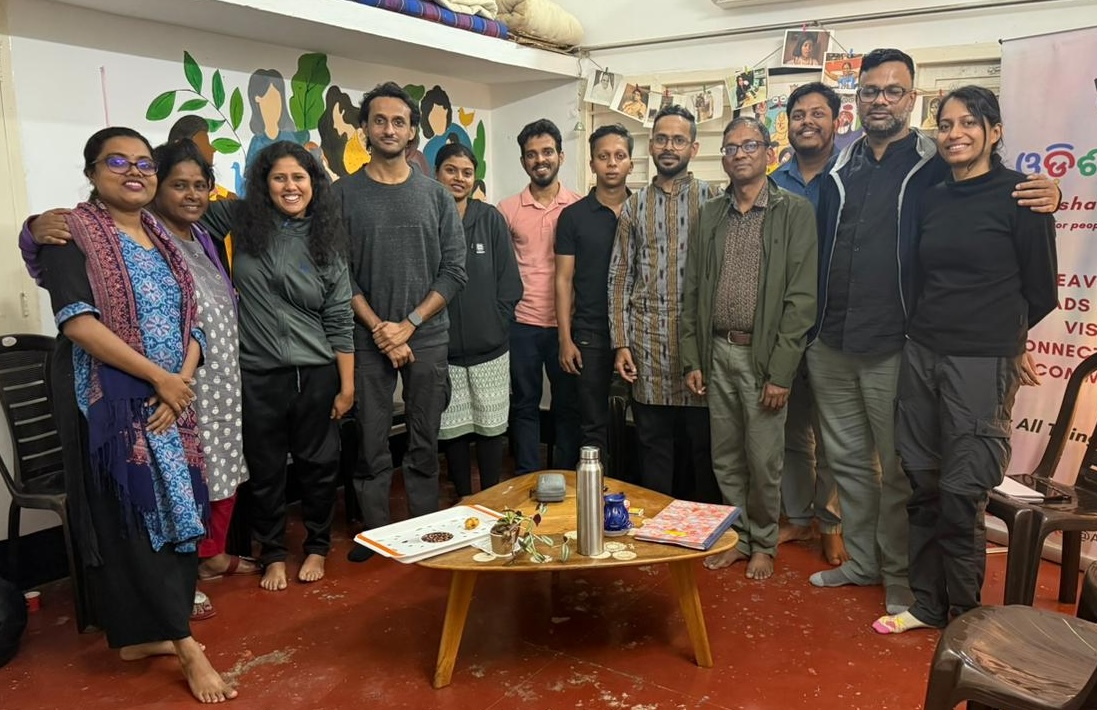Chennai: A recent study published in the Indian Journal of Traditional Knowledge (IJTK) has highlighted the potential of Siddha medicine in combating anaemia among adolescent girls. Conducted under the PHI-Public Health Initiative, the research claims that the use of a specific Siddha drug combination has significantly improved haemoglobin levels and other key blood parameters in anaemic girls, offering a promising alternative to conventional treatments.
The study, undertaken by a group of researchers from renowned Siddha institutions, including the National Institute of Siddha (NIS), Ministry of Ayush, the Xavier Research Foundation, and the Velumailu Siddha Medical College & Hospital in Tamil Nadu, focused on the effects of a treatment regimen using Aṉṉapēticentūram, Bāvaṉa kaṭukkāy, Mātuḷai maṇappāku, and Nellikkāy lēkiyam (ABMN). These traditional Siddha formulations were found to improve haemoglobin (Hb) levels, packed cell volume (PCV), mean corpuscular volume (MCV), and mean corpuscular haemoglobin (MCH) among the study participants.
The study observed 2,648 adolescent girls, with 2,300 completing the full 45-day treatment programme. Before starting the treatment, participants were dewormed with Cuṇṭaivaṟṟal cūraṇam, after which they underwent the ABMN treatment under close observation. The researchers conducted thorough evaluations before and after the programme, assessing clinical symptoms such as breathlessness, fatigue, giddiness, headache, anorexia, and pallor. These symptoms were notably reduced following the treatment, and significant improvements were recorded in haemoglobin levels and other blood parameters.
Laboratory investigations in a subset of 283 girls revealed that the ABMN treatment lowered the clinical features of anaemia, such as fatigue, hair loss, headaches, loss of interest, and menstrual irregularities. The treatment significantly improved haemoglobin and other key indicators like PCV, MCV, and MCH.
Anaemia remains a widespread public health challenge in India, particularly among adolescent girls. According to the World Health Organization (WHO) guidelines used in the study, anaemia is classified based on haemoglobin levels: severe anaemia (Hb below 8.0 mg/dl), moderate anaemia (8.0-10.9 mg/dl), and mild anaemia (11.0-11.9 mg/dl). The study found that Siddha medicine, through the use of ABMN, could provide an accessible and cost-effective solution to managing anaemia, particularly in underserved regions.
Dr. R. Meenakumari, Director of the National Institute of Siddha and one of the study’s senior authors, highlighted the significance of the findings. She noted that Siddha medicine plays a vital role in the Public Health Initiatives of the Ministry of Ayush. “The awareness created among adolescent girls, along with dietary advice, preventive care, and the treatment provided through Siddha drugs, has shown therapeutic benefits for anaemic patients. Siddha drugs can make a meaningful contribution to public health by offering cost-effective and accessible treatment options,” she said.





